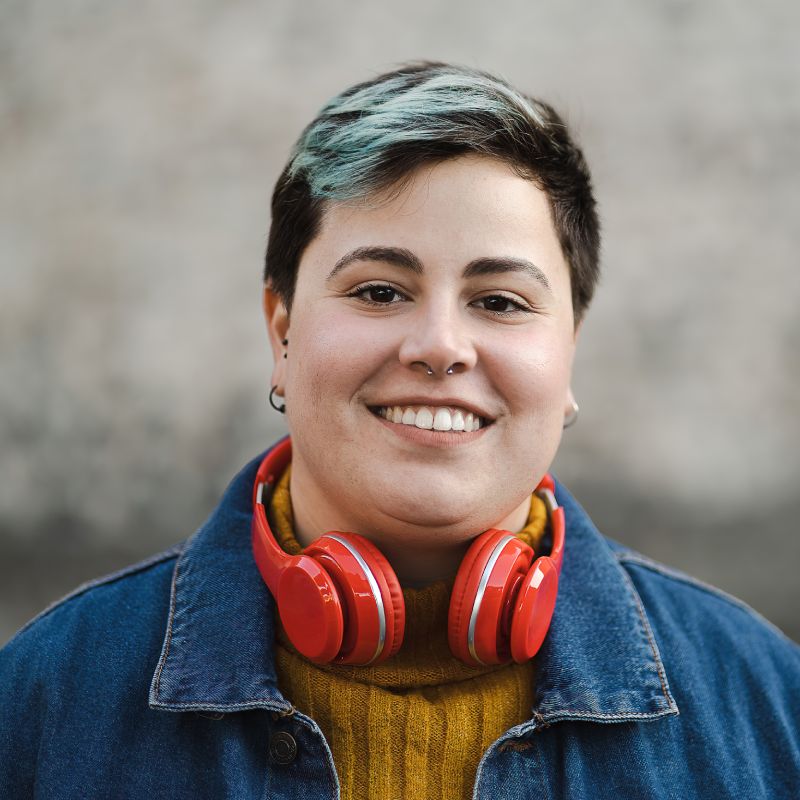Foster Care for LGBTQ+ Adolescents and Teenagers
Serving LGBTQ+ Adolescents and Teenagers
Providing Affirming Therapeutic Foster Homes
LGBTQ+ youth are over-represented in our foster care system. At Alexander Youth Network, we are working to grow the number of therapeutic foster homes to serve these youth.
By increasing the number of therapeutic foster homes specifically tailored to serve LGBTQ+ youth, Alexander Youth Network aims to address the alarming over-representation of these individuals within the foster care system.
Our dedicated team of caregivers and professionals undergo specialized training to understand the unique needs and experiences of LGBTQ+ youth, ensuring that they receive the appropriate care, affirmation, and resources necessary for their well-being. By providing a safe and inclusive environment within therapeutic foster homes, Alexander Youth Network strives to create a supportive space where these young individuals can thrive, heal, and develop their full potential.
Our goal is to create a network of therapeutic foster homes that empower LGBTQ+ youth, offering them the opportunity to grow, build resilience, and envision a brighter future.

Statistics About LGBTQ+ Youth in Foster Care
- 4 percent of youth in foster care identify as LGBTQ+ and 5 percent as transgender, compared to 11.2 percent and 1.17 percent of youth not in foster care.
- LGBTQ+ youth turn to the streets to flee harmful home environments, 56 percent chose to live on the street, rather than in a foster care placement because they felt safer there.
- Homeless LGBTQ+ youth are at greater risk; LGBTQ+ homeless youth are roughly 7.4 times more likely to suffer acts of sexual violence than heterosexual homeless youth.
LGBTQ+ Affirming Therapeutic Foster Care Program
Alamance, Alexander, Burke, Cabarrus, Caldwell, Catawba, Cumberland, Forsyth, Gaston, Guilford, Hamlet, Hoke, Iredell, Lincoln, Mecklenburg, Moore, Randolph, Richmond, Robeson, Rockingham, Rutherford, Scotland, Union, Wilkes
Temporary, affirming in-home environment for LGBTQ+ children and teenagers
Primarily 10-15 years old
An average of 6-9 months
All TFC referrals must go through the appropriate Managed Care Organization (MCO). For questions about the TFC referral process, please email fostercare@aynkids.org.
If you’re interested in being an LGBTQ+ affirming foster parent, click here to begin the process today.



